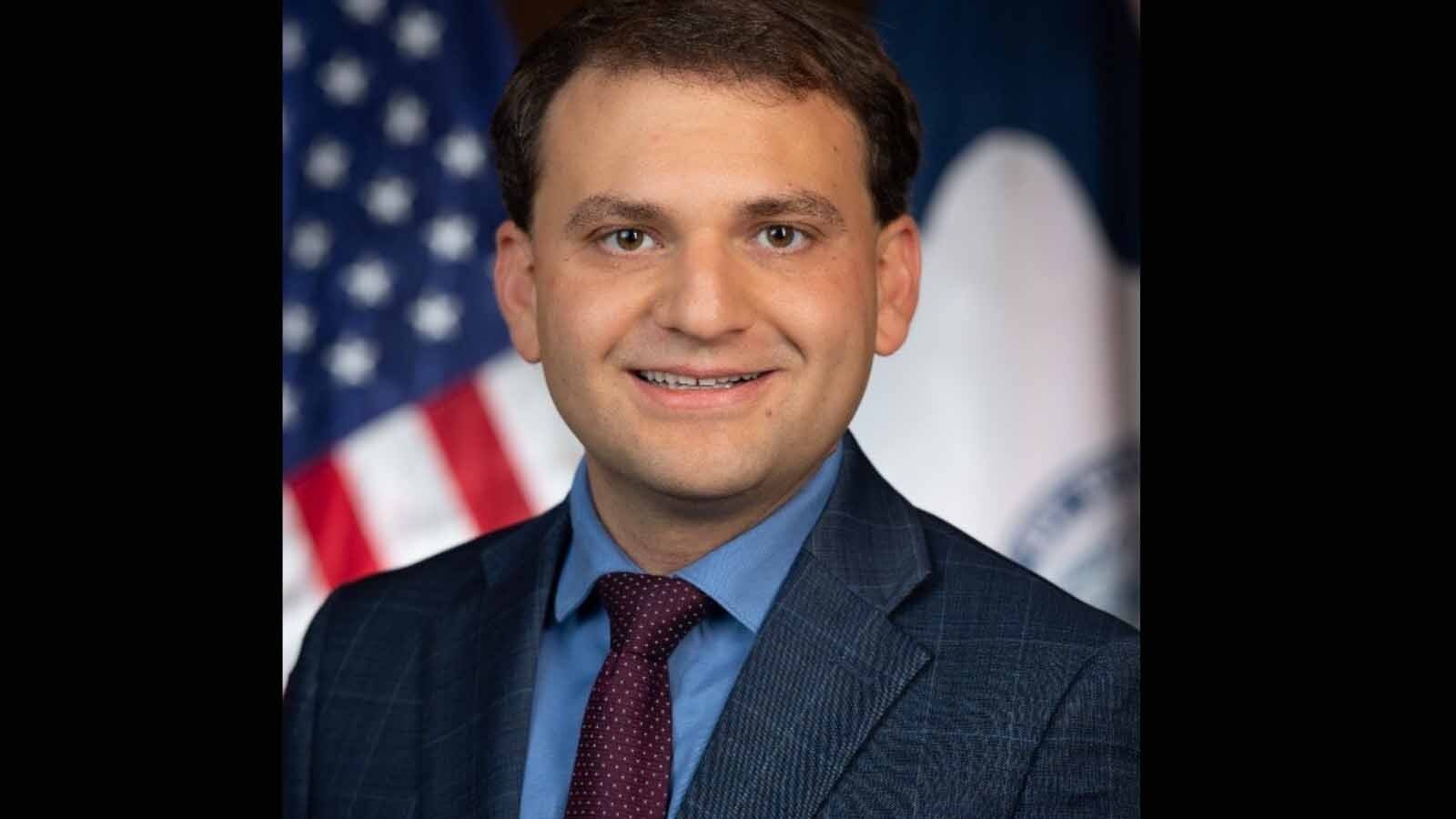The Cristero War is history worth remembering.
This week marks 100 years since the end of Mexico’s revolution (1910-1920). It established a communist constitution that became a model for the USSR.
Even though this unfolded on our southern doorstep, most Americans are unaware of how our neighbors to the south suffered as a result. It is worth remembering—especially against the backdrop of the Marxist revolution being fomented in the streets of several American cities.
The Mexican Constitution of 1917 was steeped in Marxist philosophy. Of its 137 articles, the U.S Library of Congress highlights three. Article 3 made a secular public education mandatory.
Article 27 declared that the government, alone, was the original owner of all land and water in Mexico. Article 123 seized power over the work force.
These Marxist provisions were directed against the family and the Church especially. Under Article 3, religious schools were put under government control and religious instruction was stricken from the curriculum. In its place children were instructed in sexual deviancy and atheistic dogma.
Article 27 was used to seize Church property throughout Mexico. Parochial schools were turned into government-run indoctrination centers. Monasteries, convents and seminaries were taken, and many churches were closed.
Using the powers of Article 123, not only did the government control wages and how many hours a person could work, it also socialized the economy by mandating insurance.
Using its power over labor, it even reached into the church. Foreign-born ministers were deported, and many others removed from their parishes in order to reach the target of one priest per 30,000 citizens.
All this was done under a fig leaf of religious liberty. Article 24 promised: “Every man shall be free to choose and profess any religious belief,” but only, “as long as it is lawful and it cannot be punished under criminal law.”
Then Article 130 instituted a strict “separation of Church and state.” This made public preaching unlawful while also outlawing the mention of “politics” from the pulpit.
This enabled the government to silence the church’s voice on any number of topics. Clerics were also specifically denied a jury trial. This meant that they could be arrested and executed on the spot. Many were.
Plutarcho Elias Calles was particularly anti-religious. His virulent prosecution of the religious populace sparked widespread resistance. Christians protested by petition, boycott, and other peaceful means. But the Calles government treated these acts as sedition and forcibly closed their churches.
In 1926 a group of 400 parishioners retook a church in Guadalajara. After the parishioners ran out of ammunition and surrendered, the government stormed the church and killed the priest and his vicar. This was the opening skirmish in the Cristero War.
Cristero is a name deriving from the last words of Father Rodrigo Alemán. With a noose around his neck, his executioners shouted at him, “who lives?”
He responded “Cristo Rey” (Christ the King.) They tightened the noose and repeated the process three times until he died with this confession on his lips.
Cristo Rey became the rallying cry of a war that claimed 90,000 lives over three years. It ended when the government agreed to back off from enforcing all of the anti-religious provisions of the 1917 constitution.
Even after the U.S.-brokered armistice, thousands more Cristeros were assassinated.
It was not until 1992 that Mexico repealed the anti-religious articles of the Constitution. Today, a century after the Marxist revolution, Mexico is still paying a steep price.
The decades-long devastation of religious and family life continues to have its oppressing effect.
This sad tale is not that far from us. Recent riots that began by targeting Civil War statues have already pivoted to the destruction of churches and church symbols.
The mainstream media has been criminally negligent in its failure to report nearly 50 attacks on church property in two months.
The communist revolutions in France, Mexico, Russia and elsewhere have a common thread. Marxism refuses to admit individual responsibility as a cause of social problems.
Instead, it locates all problems in impersonal classes and target groups that must be eradicated. For this reason, Marxism must war against Christianity just to prop up its own murderous ideology.
What happened south of our border could also happen here. Property rights (including gun rights), free enterprise, virtuous education and religious liberty are not merely isolated special interests.
They form an integrated worldview where personal responsibility to love the neighbor stands as a bulwark against Marxism’s blind rage against disfavored groups.
Ideas have consequences. Evil ideas have evil consequences.
Now is the time to understand the ideas that are driving the current wave of senseless destruction. They are neither new nor untried.
They have been infecting and destroying societies for over a century. It’s time to understand them and decisively reject them.





